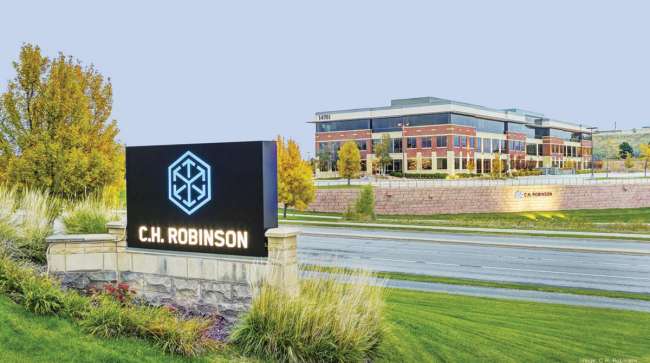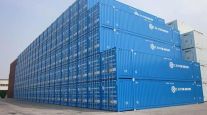Staff Reporter
C.H. Robinson Announces Electronic Bill of Lading for LTLs

[Stay on top of transportation news: Get TTNews in your inbox.]
C.H. Robinson is implementing an electronic bill of lading process for its largest less-than-truckload carriers, a move in its continued efforts to digitize documents, the company announced Jan. 22.
The Eden Prairie, Minn.-based third-party logistics provider said it has implemented an eBOL with 10 large LTL carriers, and is adding four more. The company noted the process allows for earlier tracking updates that can help detect disruptions, while also enhancing the accuracy of estimated arrival times.
“The complexity of moving LTL freight means that digitization in this part of the logistics industry has been more challenging than truckload,” said Greg West, vice president of LTL at C.H. Robinson. “With truckload freight, there’s generally one origin and one destination and a customer has exclusive use of the trailer. With LTL, you can have up to 30 customers’ freight on a trailer, with 30 destinations and 30 sets of paperwork.”
The company said that a manual bill of lading typically involves a carrier having to generate a tracking number for each shipper contributing a load, print out stickers with those numbers, take the stickers to each loading dock and affix them to a paper bill of lading at each pickup. The tracking numbers from all the bills of lading would later be manually entered into a computer. But doing it digitally generates a tracking number and completes many of the manual steps.

West
“If LTL freight has to travel from Chicago to Los Angeles, it might travel on 10 different paths depending on which of 10 carriers it’s booked on,” West said. “Each carrier has a unique network and a unique terminal footprint. One carrier might take the freight through Kansas City. Another might take it through Denver. Sometimes LTL freight is put on rail for part of its journey. Sometimes westbound freight will even travel east before it heads west.”
The National Motor Freight Traffic Association developed the eBOL standards used as part of an earlier effort by its Digital LTL Council. C.H. Robinson said the standards help to create greater efficiency and real-time visibility for shippers.
C.H. Robinson ranks No. 1 on the Transport Topics Top 100 list of the largest logistics companies in North America.
Want more news? Listen to today's daily briefing below or go here for more info:




